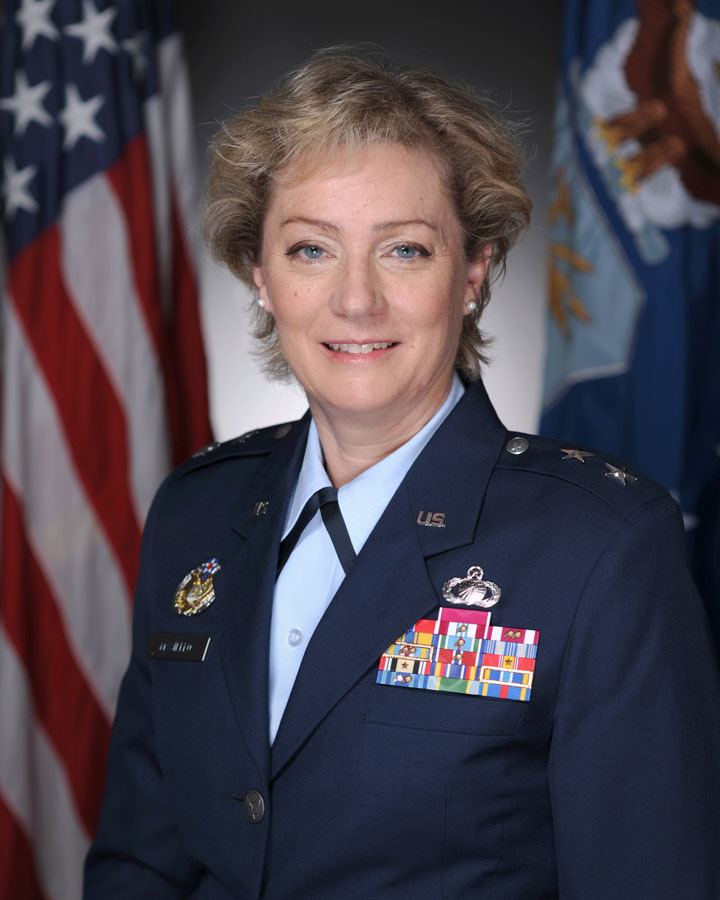 | ||
Mathematics (sometimes referred to as General Math, to distinguish it from other mathematics-related events) is one of several academic events sanctioned by the University Interscholastic League. It is also a competition held by the Texas Math and Science Coaches Association, using the same rules as the UIL.
Contents
Mathematics is designed to test students' understanding of advanced mathematics. The UIL contest began in 1943, and is among the oldest of all UIL academic contests.
Eligibility
Students in Grade 6 through Grade 12 are eligible to enter this event. For competition purposes, separate divisions are held for Grades 6-8 and Grades 9-12, with separate subjects covered on each test as follows:
For Grades 6-8 each school may send up to three students per division. In order for a school to participate in team competition in a division, the school must send three students in that division.
For Grades 9-12 each school may send up to four students; however, in districts with more than eight schools the district executive committee can limit participation to three students per school. In order for a school to participate in team competition, the school must send at least three students.
Rules and Scoring
At the junior high level, the test consists of 50 questions and is limited to only 30 minutes. At the high school level, the test consists of 60 questions and is limited to only 40 minutes. Both tests are multiple choice.
There is no intermediate time signal given; at the end of the allotted time the students must immediately stop writing (they are not allowed to finish incomplete answers started before the stop signal). If contestants are in the process of writing down an answer, they may finish; they may not do additional work on a test question.
The questions can be answered in any order; a skipped question is not scored.
Calculators are permitted provided they are (or were) commercially available models, run quietly, and do not require auxiliary power. One calculator plus one spare is permitted.
Five points are awarded for each correct answer at the junior high level while six points are awarded at the high school level. Two points are deducted for each wrong answer. Skipped or unanswered questions are not scored.
Elementary and Junior High
Scoring is posted for only the top six individual places and the top three teams.
There are no tiebreakers for either individual or team competition.
High School Level
The top three individuals and the top team (determined based on the scores of the top three individuals) advance to the next round. In addition, within each region, the highest-scoring second place team from all district competitions advances as the "wild card" to regional competition (provided the team has four members), and within the state, the highest-scoring second place team from all regional competitions advances as the wild card to the state competition. Members of advancing teams who did not place individually remain eligible to compete for individual awards at higher levels.
For individual competition, the tiebreaker is percent accuracy (number of questions answered correctly divided by number of questions attempted). If a tie still exists all tied individuals will advance.
For team competition, the score of the fourth-place individual is used as the tiebreaker. If a team has only three members it is not eligible to participate in the tiebreaker. If the fourth-place score still results in a tie, all remaining tied teams will advance. At the state level, ties for first place are not broken.
For district meet academic championship and district meet sweepstakes awards, points are awarded to the school as follows:
Individual
NOTE: For privacy reasons, only the winning school is shown.
Team
NOTE: The team competition did not start until the 1992-93 scholastic year.
